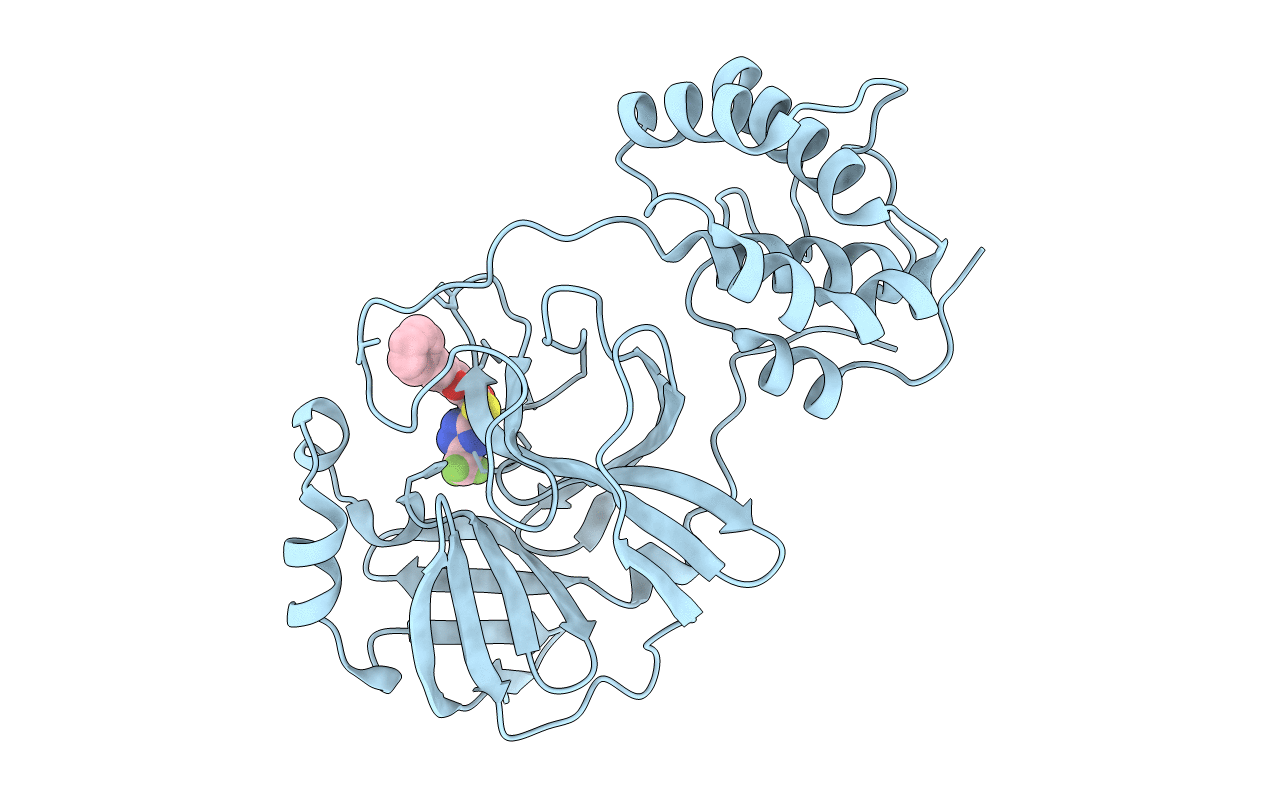
Deposition Date
2006-05-11
Release Date
2006-08-29
Last Version Date
2023-10-25
Entry Detail
PDB ID:
2GZ8
Keywords:
Title:
Structure-Based Drug Design and Structural Biology Study of Novel Nonpeptide Inhibitors of SARS-CoV Main Protease
Biological Source:
Source Organism:
SARS coronavirus (Taxon ID: 227859)
Host Organism:
Method Details:
Experimental Method:
Resolution:
1.97 Å
R-Value Free:
0.24
R-Value Work:
0.21
R-Value Observed:
0.21
Space Group:
C 1 2 1


